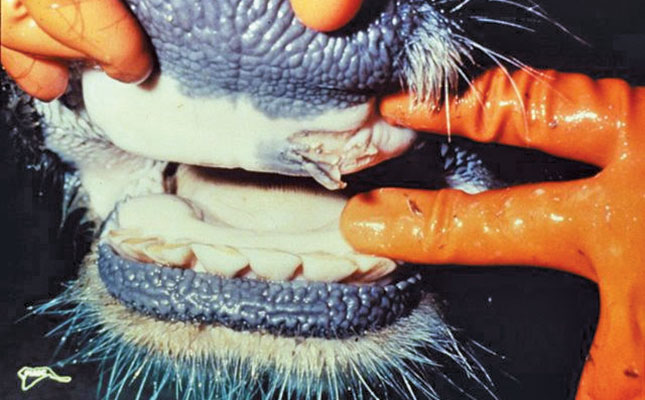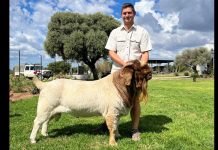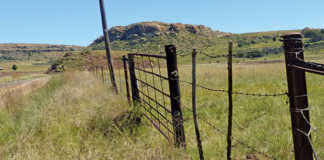
Photo: FW Archive
The latest outbreak of foot-and-mouth disease, confirmed in the Viljoenskroon area of the Free State, is a localised, exceptional event, and with the co-operation of all stakeholders the situation can be brought under control soon.
This was according to Gerhard Schutte, chairperson of the National Animal Health Forum.
READ The basics of foot-and-mouth disease
He told Farmer’s Weekly that this outbreak was merely a continuation of the illegal movement of animals outside the FMD disease management areas in Limpopo and KwaZulu-Natal.
“This boils down to industrial sabotage and is very concerning. As an industry we have already given our full support to the authorities to bring the transgressors to book.”
The Free State was one of South Africa’s most important livestock-producing regions, Schutte said. But, the impact of FMD had a wider fallout than just meat production, and also affected the mohair, dairy, wool and wildlife industries, among others. “Everybody needs to be included in the solution.”
READ Farmers warned against illegal veterinary practitioners
The Free State Department of Agriculture and Rural Development confirmed the case on Thursday, 7 April.
The department’s MEC, Thembeni Nxangisa, said this followed investigations on three farms after suspicions were raised about the movement of cattle from North West to Gauteng.
READ How to manage brucellosis on your farm – tips from top vets
While the cattle on one of the farms tested negative, testing of the others confirmed a single case of FMD. All the farms were placed under quarantine, Nxangisa said in a statement.
“[Cattle on] another farm are also being investigated in the Frankfort area following the procurement of calves from a speculator in Randfontein.
“Veterinary personnel are [now] on the ground implementing appropriate control measures to prevent further spread of the disease. Farmers should, however, remain vigilant and report any suspicious behaviour in their animals.”
The statement added that the disease was characterised by the development of fluid filled vesicles and erosion of the mouth and feet in infected animals, which rendered them unable to eat and walk. In addition, calves and lambs could succumb to heart failure.












